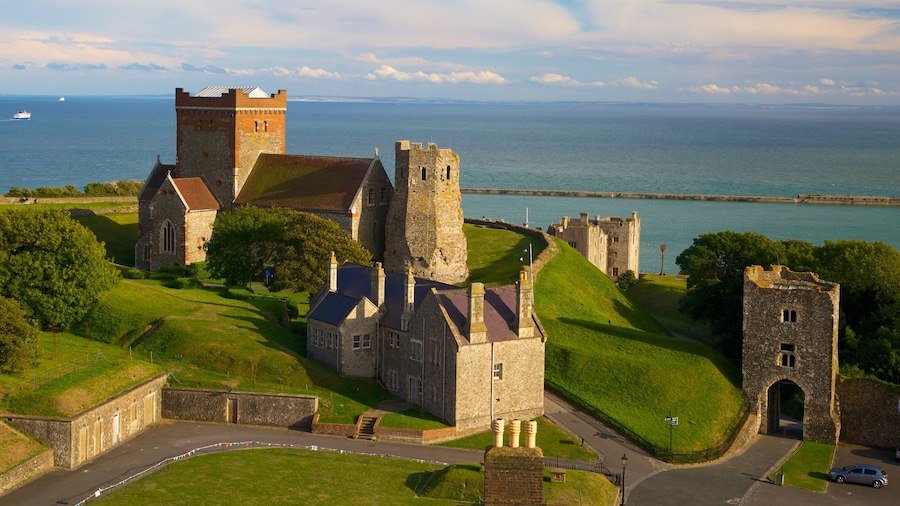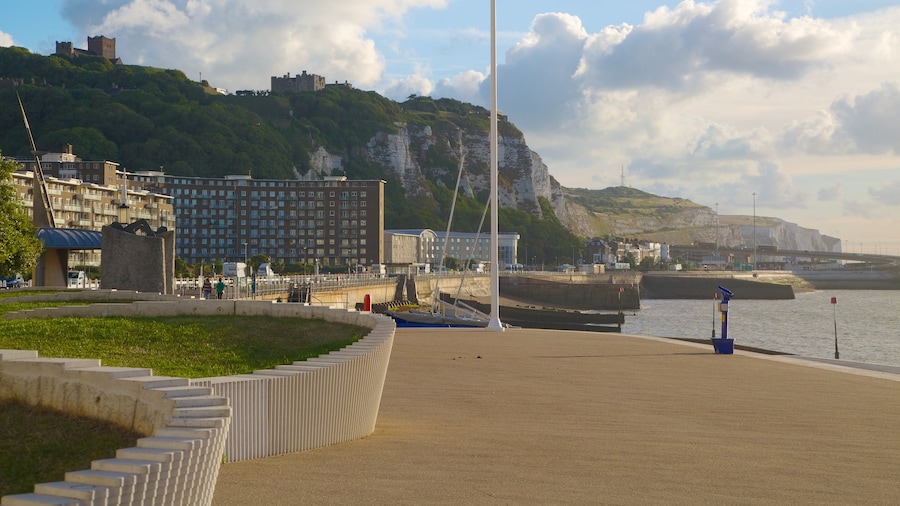See the views from the top of this iconic lighthouse, the site of numerous scientific discoveries over the centuries.
The Victorian South Foreland Lighthouse is set on the White Cliffs of Dover. It’s known as the site of the first international radio transmissions, as well as the first lighthouse powered by electricity. Learn about the life of a typical lighthouse keeper, enjoy a snack in the tearoom in the keeper’s cottage or simply admire the surrounding scenery.
The lighthouse was built in 1843 to help guide sailors through the Strait of Dover. Guglielmo Marconi later conducted wireless experiments here, receiving the first international radio transmission in 1899. The lighthouse later became the first in the world to use electric light. Look for two keepers’ cottages at the foot of the lighthouse, built to allow families to live on site.
The second keeper’s cottage has been converted into a traditional tearoom. Stop here for cakes and cream teas in this 1950s-style tearoom, decorated with patterned wallpaper and bone china cups.
Inside the lighthouse, see what life was like for a typical lighthouse keeper. Climb 76 steps to reach the top of the tower, where you’ll have stunning views over the English Channel toward France. Bring a picnic to eat on the lawn while watching ships pass through the Strait of Dover. Rent kites or games from the visitor reception.
It’s possible to reach the lighthouse from a footpath from St. Margaret's Bay village, but the walk from the National Trust White Cliffs visitor center is far more rewarding. Follow this route along the edge of the North Downs, around Langdon Hole and past Fan Point. This area of the cliff played a role in England’s defense system during World War II. You may spot the remains of gun emplacements and other wartime structures.
South Foreland Lighthouse is located on the western outskirts of St. Margaret's Bay village, on the White Cliffs of Dover. The nearest parking is available 2 miles (3 kilometers) away at White Cliffs of Dover Visitor Center. Plan your visit for the lighthouse’s open season, which lasts from mid-March to October. There is an admission fee.











